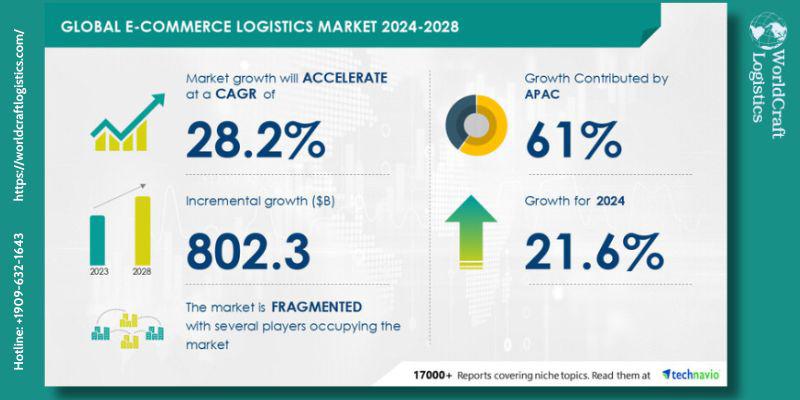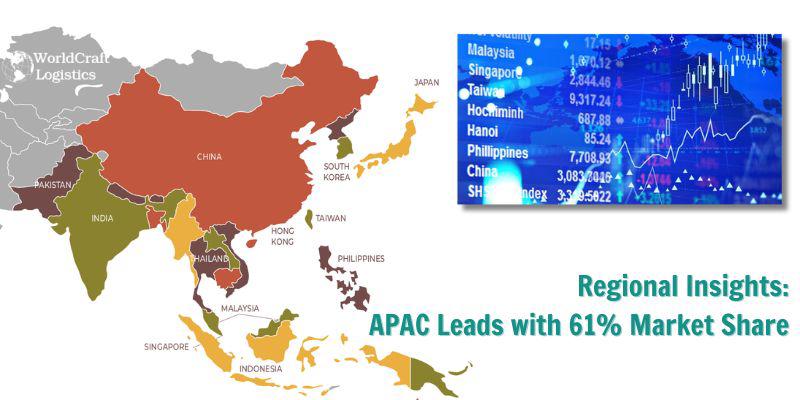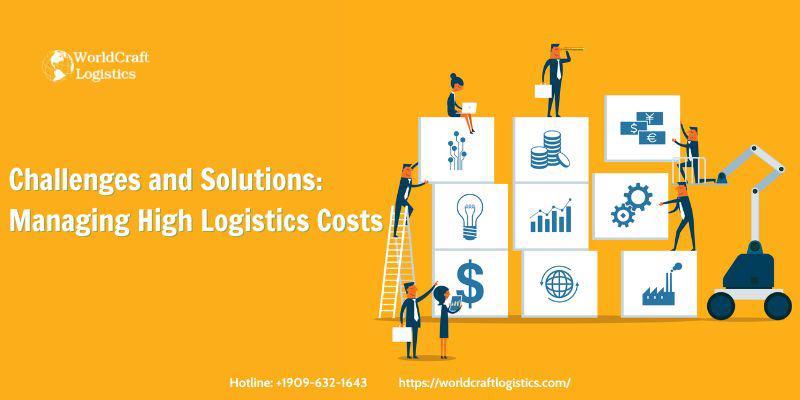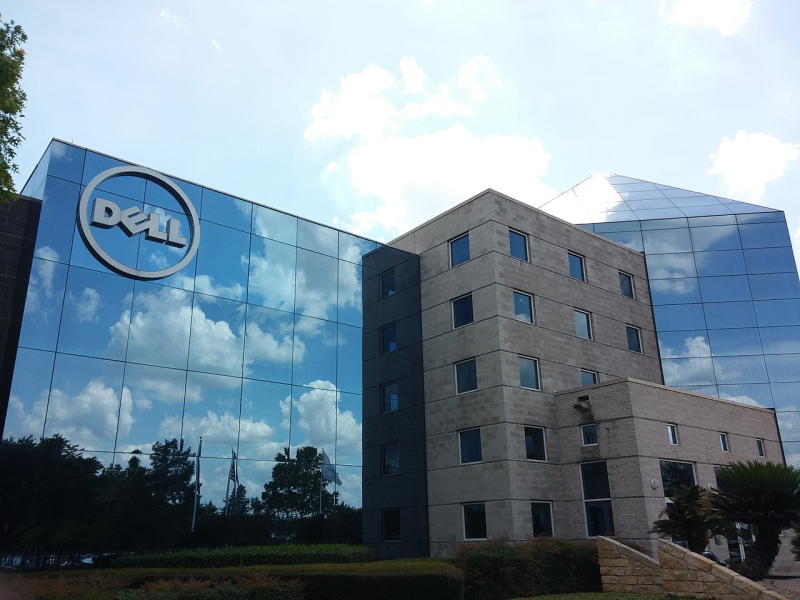
Starting June 1st, 2023 Our warehouse fee will be $0.65/cubic foot per month
In effort to lower the warehouse storage fee during inflation, we have went narrow aisle racking.This construction took us four months but the project is finally completed. With narrow aisle racking, we are able to drop storage by 24%.We as partners will go through this inflation together.
11/13/2024
The e-commerce logistics market is on a robust growth trajectory, with Technavio forecasting a market expansion of $802.3 billion between 2024 and 2028. Projected to grow at a compound annual growth rate (CAGR) of 28.2% over the next four years, the market’s growth is propelled by increased cross-border e-commerce activity, technological advancements, and evolving consumer expectations for fast and reliable delivery.

The global e-commerce logistics industry is experiencing a surge in demand due to rising online shopping trends and the rapid increase in internet penetration. Cross-border e-commerce, fueled by internet access and digital payment adoption, has notably boosted the need for efficient logistics solutions. With a shift toward mini-distribution centers, companies are investing in supply chain solutions that enhance operational efficiency and customer satisfaction.
Innovations in last-mile delivery, drone technologies, and digital payment options are transforming traditional logistics operations. For example, Geographic Information Systems (GIS) and Global Positioning Systems (GPS) enable real-time route optimization, saving fuel and lowering costs - a crucial consideration as logistics costs rise.
Additionally, e-commerce logistics is seeing growth in the Consumer-to-Consumer (C2C) and Business-to-Consumer (B2C) segments, where companies are utilizing advanced analytics and transport management software for seamless deliveries.
Among global regions, the Asia-Pacific (APAC) market holds a leading position, contributing to 61% of the market’s growth in 2024. With countries such as China, Japan, and India witnessing a boom in e-commerce activities, the demand for efficient logistics solutions has skyrocketed.
North America and Europe also represent significant markets, driven by strong digital infrastructure and consumer demand for rapid delivery services.

The fragmented market landscape includes key players like Agility Public Warehousing Co. K.S.C.P, FedEx Corp., Aramex International LLC, and Deutsche Post AG. These companies are making strategic investments in automation and advanced warehousing solutions to stay competitive.
Smaller firms and startups same as Worldcraft Logistics are also entering the market, backed by venture capital to address the unique logistics challenges of last-mile delivery and cross-border shipping.
Despite rapid growth, the e-commerce logistics market faces hurdles, particularly with rising operational costs. Logistics expenses such as transportation, warehousing, and labor costs continue to impact profit margins. Fluctuations in fuel prices and rising demand for faster, low-cost delivery services add additional pressure on companies to balance efficiency with cost control.

To address these challenges, many logistics firms are adopting technology-driven solutions. For example, cloud deployment, inventory management software, and IoT-based tracking systems help minimize errors and streamline operations. Additionally, companies are relocating storage and manufacturing facilities closer to key markets to cut down transit time and costs.
Related posts of WCL:
👉 Competitive Analysis of The Impact of Shipping Costs on Online Retail Prices
👉 Logistics Nodes Market Outlook 2024-2028
The e-commerce logistics market is segmented by usage, service type, and geography:
Usage: The domestic logistics segment leads in revenue share due to economic expansion and streamlined operations tailored for local deliveries. International logistics, while smaller, continues to grow due to the globalization of online shopping.
Service: Services include transportation, warehousing, and value-added solutions, such as inventory management and returns processing. Transportation remains the largest segment, driven by demand for timely deliveries in both urban and rural markets.
Geography: Key regions are APAC, North America, Europe, Middle East & Africa, and South America, each with unique demand dynamics and logistical challenges.
With the e-commerce boom showing no signs of slowing, the logistics industry is set for transformative growth, reshaping global supply chains and customer expectations alike. From mini distribution centers to advanced warehousing technologies, the sector is evolving rapidly, with investments in AI and IoT poised to redefine efficiency and customer satisfaction. As e-commerce becomes an integral part of daily life, the global logistics market is well-positioned to meet these demands, making it an exciting space to watch.
SEO
Digital Marketing/SEO Specialist
Simon Mang is an SEO and Digital Marketing expert at Wordcraft Logistics. With many years of experience in the field of digital marketing, he has shaped and built strategies to effectively promote Wordcraft Logistics' online presence. With a deep understanding of the logistics industry, I have shared more than 500 specialized articles on many different topics.

Hot News
08/05/2024

Hot News
02/23/2023

Hot News
02/23/2023

Hot News
02/06/2023
Hot News
02/07/2023